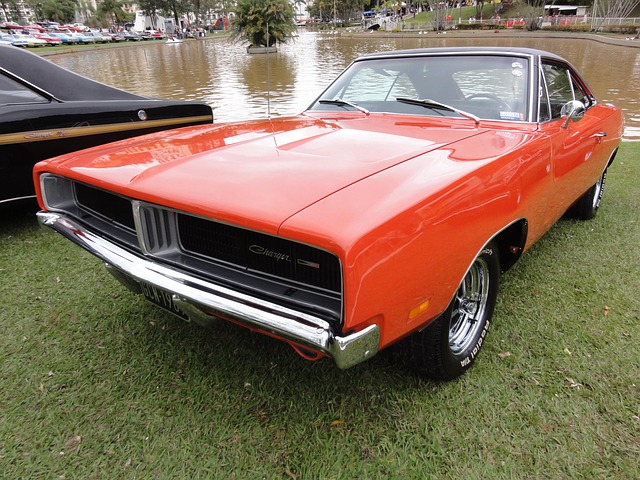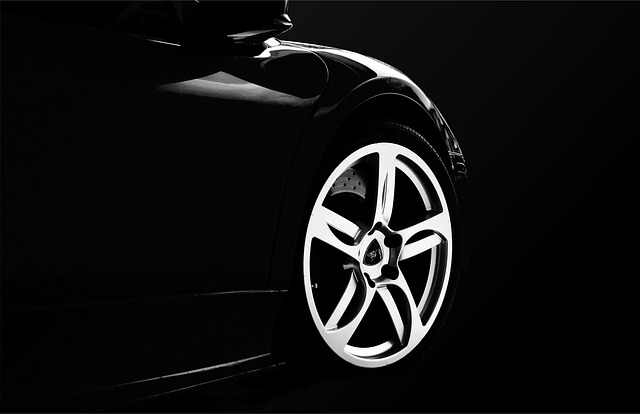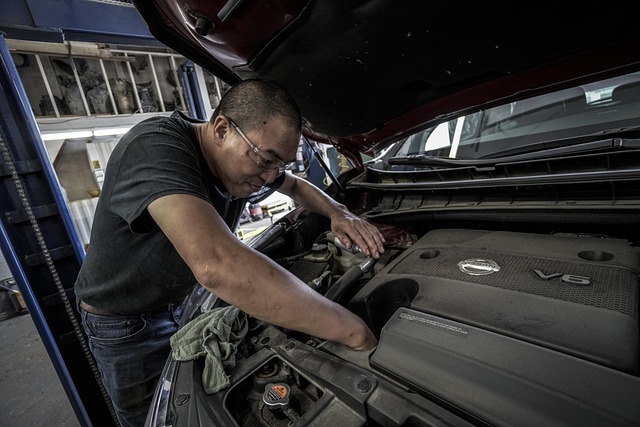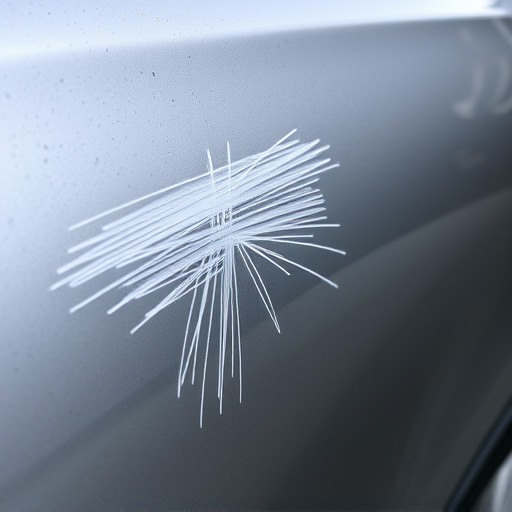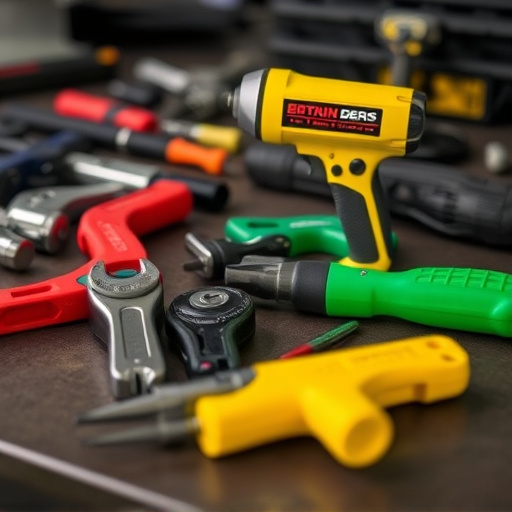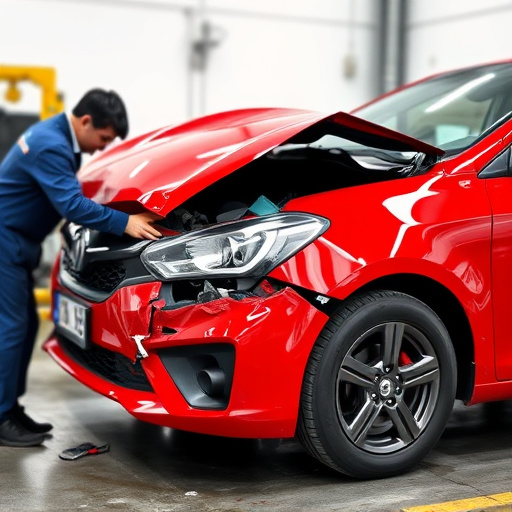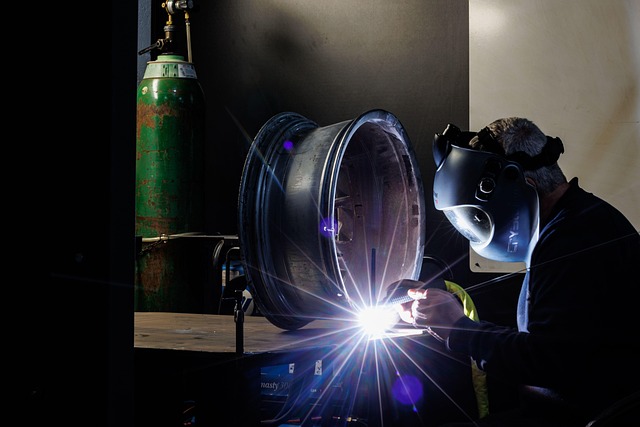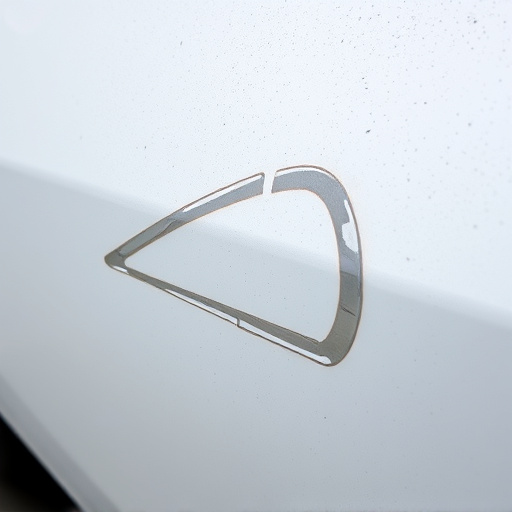Claim dispute resolution is a structured process for handling disagreements in vehicle restoration and automotive collision repair cases, ensuring fairness and accuracy. Initiated by the claimant or policyholder, it includes key steps like initial assessment, fact-finding, evaluation, negotiation, and formal hearings or arbitration. Both parties present their versions and evidence, leading to a comprehensive investigation by experts who determine liability, quantify damages, and reach agreements. This process aims to resolve disputes amicably, facilitate timely repairs, and restore vehicles to pre-accident condition through competent auto body work, benefiting claimants and insurers alike.
Claim dispute resolution is a critical process in the claims management cycle, ensuring fair outcomes for all parties involved. This comprehensive guide delves into the intricacies of claim dispute resolution, offering a clear framework for understanding its key stages. From initiation and mediation to arbitration and court decisions, we explore each step meticulously. Additionally, we illuminate post-resolution implications and next steps, providing valuable insights for claimants, defendants, and insurers alike.
- Understanding Claim Dispute Resolution: A Basic Framework
- The Process: From Initiation to Final Decision
- Post-Resolution: Implications and Next Steps for All Parties Involved
Understanding Claim Dispute Resolution: A Basic Framework
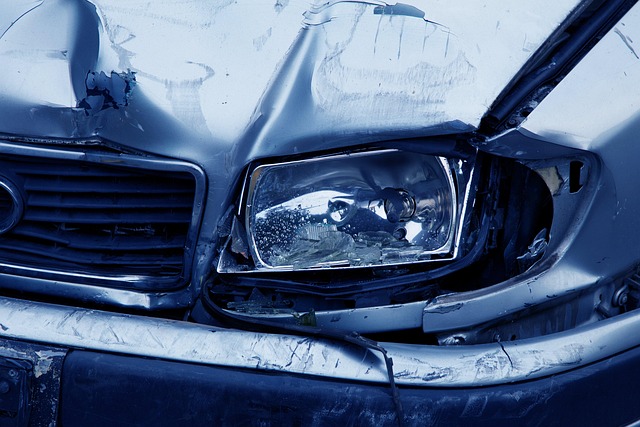
Claim dispute resolution is a structured process designed to address disagreements that arise during claims handling. It serves as a crucial mechanism to ensure fairness and accuracy in various types of claims, including vehicle restoration and automotive collision repair cases. The framework typically involves several key steps: initial assessment, fact-finding, evaluation, negotiation, and, if necessary, formal hearings or arbitration.
During the initial stages, both parties present their versions of events and supporting evidence. This paves the way for a comprehensive investigation, where experts examine the facts, analyze data, and assess the validity of claims related to auto body work. The evaluation phase involves determining liability, quantifying damages, and reaching an agreement or consensus. Through negotiation, claimants and insurers can often resolve disputes amicably, avoiding lengthy legal procedures. This process is essential in managing expectations, ensuring timely repairs, and restoring vehicles to their pre-accident condition through competent auto body work.
The Process: From Initiation to Final Decision

The process of claim dispute resolution begins when a claimant or policyholder initiates a formal claim, often due to dissatisfaction with an initial settlement offer or denial of their claim. In the case of vehicle dent repair claims, for instance, this might involve a customer disputing the quality of repairs performed on their car. The dispute is then escalated, leading to a thorough review of all relevant evidence and documentation by a neutral third party, commonly known as an adjuster or mediator.
This stage involves exchanges of information, arguments, and counterarguments between both parties. In vehicle repair claims, this could include the presentation of before-and-after photos, expert opinions, and cost estimates. The final decision is reached after all evidence has been considered, with a written ruling provided to both sides. This decision can either uphold the initial claim or adjust it based on the findings from the dispute resolution process, ensuring a fair outcome for all involved parties.
Post-Resolution: Implications and Next Steps for All Parties Involved
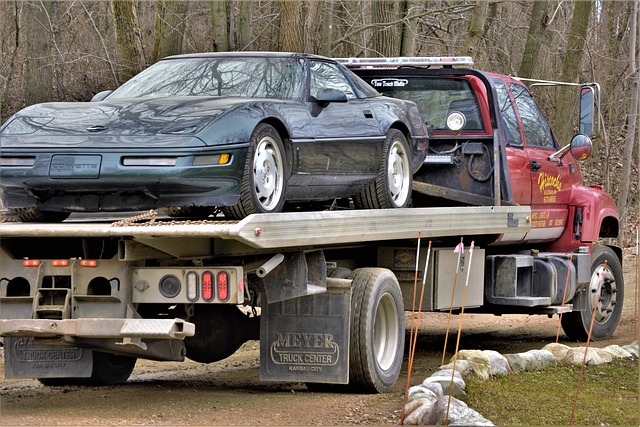
After a successful claim dispute resolution process, all parties involved can expect several important implications and next steps. For the claimant, this phase marks the realization of their compensation for the losses incurred, whether that be through direct financial settlement or via an alternative solution like repairs or replacements. This closure is crucial in helping them move forward with their lives or business after a potentially stressful event, such as a car accident involving collision repair services.
For the defendant and their insurance provider, post-resolution involves learning from the experience to improve future claim handling processes. This may include reevaluating internal procedures for auto collision repair claims, refining communication strategies with customers, and enhancing dispute resolution techniques to avoid similar disputes down the line. Ultimately, the entire process aims to foster a more efficient and effective claims management system, ensuring a smoother experience for all stakeholders in future interactions involving claim dispute resolution.
Claim dispute resolution is a crucial process that provides a structured framework for resolving disagreements in claims. By understanding the basics, appreciating the detailed steps involved, and recognizing the implications post-resolution, all parties can navigate this process with greater confidence. Efficient claim dispute resolution not only ensures fairness but also facilitates the timely conclusion of disputes, ultimately fostering a more efficient claims management ecosystem.
